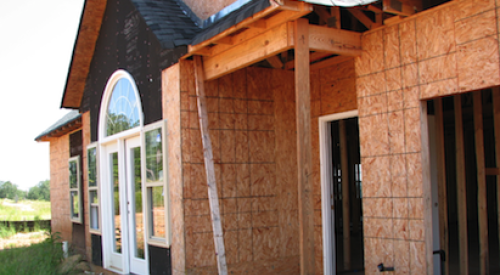| Heather McCune, Editor in Chief
|
The official numbers on the residential construction industry and the stories builders tell one another over late-night beers or early-morning coffee often can be quite different. The monthly numbers reported in the general media - sales, permits - suggest a softening market for new homes this year. Builders tell a different story or at least are used to taking a market view slightly longer than 30 days. Looking beyond month-to-month numbers, they recognize that housing's drivers - demographics, immigration, interest rates - favor a continuation of the housing boom of the past decade.
For the last few months, however, builder stories share some similar qualities with the ups and downs of the numbers. For example, statistics on the sales of new single-family homes drop one month, and we're treated to a spate of headlines and lots of talking heads, all debating whether the housing bubble is about to burst. Has the run-up in home values reached its peak? Will buyers today realize the same rate of appreciation for their homes?
The builder equivalent of this economic tale is of deep discounting to keep sales momentum. In certain segments of the housing market in cities such as Denver and Houston, this is an all-too-familiar story today. Sales have slowed among first move-up buyers and nearly stalled at higher price points.
Consumers who pay any attention to the news understand that housing is the economy's bright spot, the one sector defying the recession. News of a softening in the economy's biggest engine breeds an uncertainty that can influence buyer behavior. While no study draws a direct line between a steady diet of dismal economic news and consumer spending, intuitively we all know the connection exists.
This month's cover feature, "How to Monopolize Your Market," is about success strategies for an uncertain economy. Builders share actionable ideas that can help you boost image, increase awareness and grow sales with little investment. It's about the strategies to spark sales in any market. Consider:
These and many more are creative solutions to specific market conditions and company objectives. While each of these solutions proved successful in growing sales and improving profitability, none would have accomplished either of these goals had not the builders done the first - and most important - part of the process: Define the objective and develop the strategy and means to meet it. This means identifying the target buyer and understanding what he or she values; developing a plan to market that value in compelling terms; improving relationships with those in the marketplace who influence would-be customers (Realtors, existing homeowners, etc.); and evaluating the outcome of these efforts.
What this activity creates is a staggering strategic advantage - the knowledge to create a value proposition through your product and service for customers who want to buy - and the creative means to capture their attention and inspire action.










